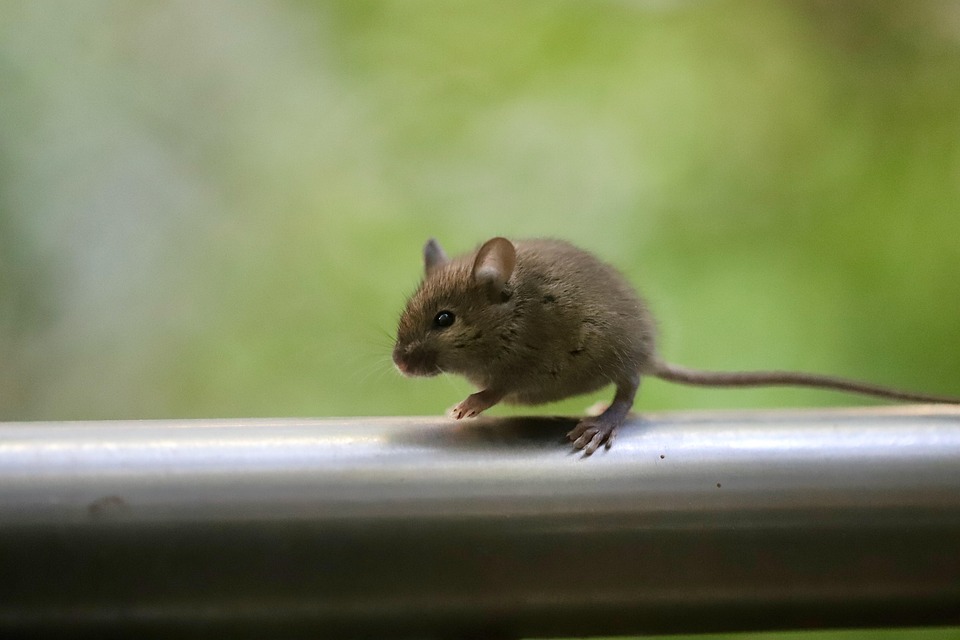Mice in Mythology: The Role of Rodents in Culture Around the World
Mice, often overlooked in the grand tapestry of mythology, have played intriguing roles across various cultures throughout history. Though commonly viewed as pests, these small rodents have also served as symbols of ingenuity, survival, and the interconnectedness of life. From ancient tales to modern folklore, the significance of mice in mythology reflects a fascinating blend of fear, respect, and cultural meaning.
Ancient Egypt: Guardians of the Underworld
In ancient Egyptian mythology, mice were associated with the afterlife and the deities who governed it. The Egyptian word for "mouse" (Ḥr) is strikingly similar to the word for "guardian," leading scholars to believe that these creatures were seen as protectors of the dead. The god Set, known for chaos, was also believed to be associated with rodents, hinting at their dual nature as both revered and reviled beings.
Hindu Scriptures: Cleverness and Trickery
In Hindu mythology, the mouse is venerated as the vehicle of Ganesha, the elephant-headed god known as the remover of obstacles and the patron of wisdom. The mouse symbolizes the ability to navigate through life’s challenges with cleverness and grace. In various tales, Ganesha is depicted as a benevolent deity riding his mouse, showcasing the creature’s importance in understanding the divine.
Chinese Legend: The Zodiac and Good Fortune
In Chinese mythology, the mouse, or rat, holds a privileged position as the first animal in the Chinese zodiac. This is attributed to the famous race between the twelve animals, where the cunning rat outsmarted the ox to secure its place at the beginning of the cycle. The attributes of the rat—intelligence, adaptability, and resourcefulness—are celebrated during the Lunar New Year, marking it as a symbol of good fortune and prosperity.
Native American Traditions: Survival and Community
In various Native American cultures, mice are seen as symbols of humility, resourcefulness, and community. For many tribes, the mouse is a reminder of the importance of supporting one another and working together for survival. Tales of the mouse often emphasize its ability to overcome adversity, representing perseverance in the face of challenges.
European Folklore: Trickster Figures
In European folklore, mice frequently appear as trickster figures. The tale of "The Three Little Mice" is a classic example, where clever resolution often leads to their triumph over larger threats. Additionally, the nursery rhyme "Hickory Dickory Dock" features a mouse that climbs a clock, emphasizing the creature’s playful nature and highlighting the intersection of fear and charm that mice evoke in human imagination.
Modern Cultural Symbolism: From Literature to Film
In contemporary culture, mice have become icons in literature and film. Characters like Stuart Little and the beloved church mouse from "The Tale of Despereaux" behave with intelligence and bravery, imbuing them with human-like qualities that resonate with audiences. These stories reflect a continuing appreciation for the qualities of perseverance, loyalty, and cunning that mice embody.
Conclusion: A Tale of Duality
The representation of mice in mythology spans a vast array of meanings, from the whimsical to the profound. They are creatures that embody duality: symbols of both fear and friendship, cleverness and chaos. As we explore the roles that these small rodents play in cultural narratives, we gain insights into the human experience, revealing the complex relationships we maintain with the natural world.
In a time when the wisdom of nature is increasingly overlooked, the stories of mice in mythology remind us of the delicate balance of life and the profound stories contained within even the tiniest of beings. Whether as guardians, tricksters, or symbols of resilience, mice continue to resonate with us across cultures and epochs, teaching lessons about survival and community that are as relevant today as they were in ancient times.



